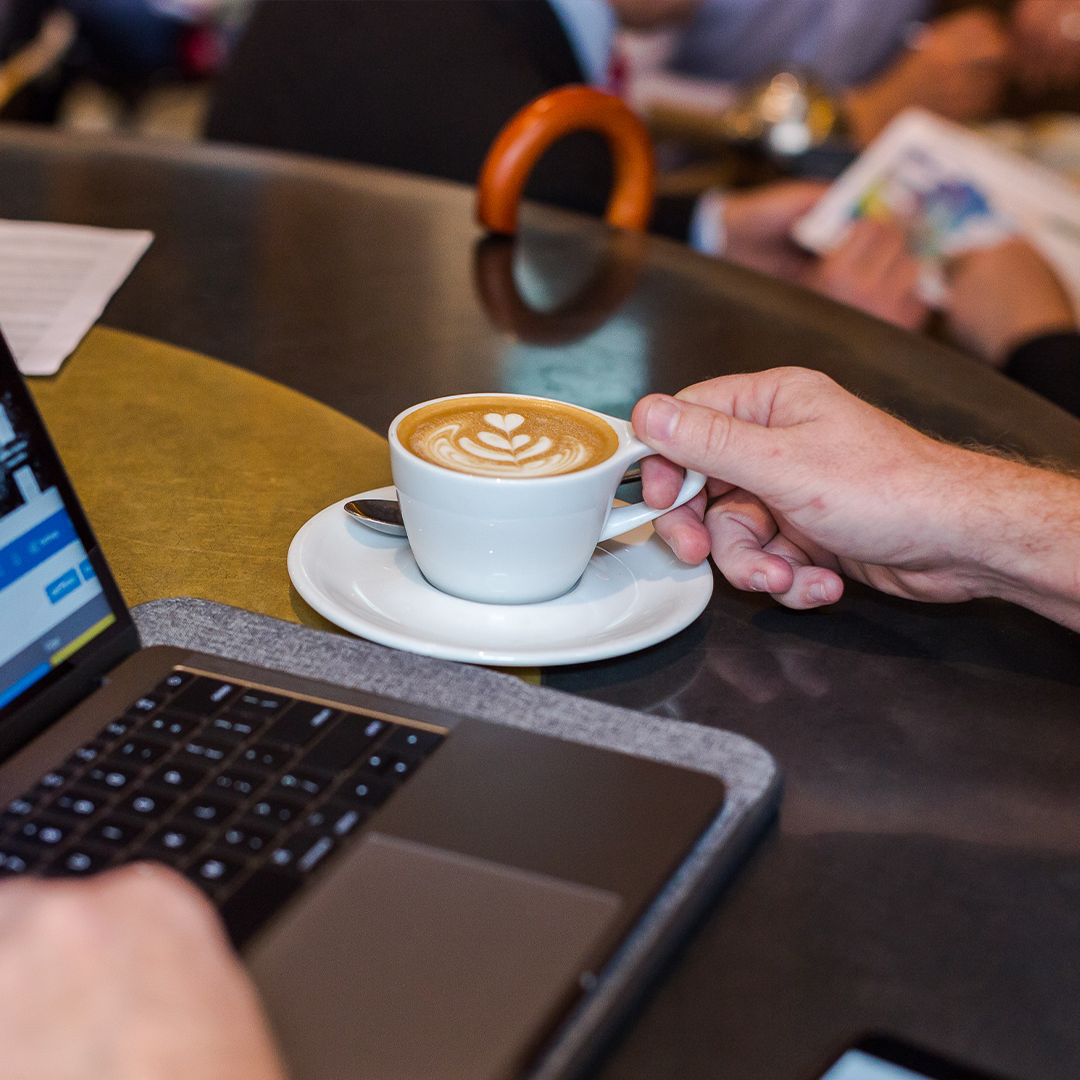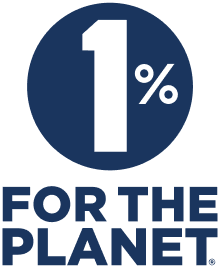Abdullah here, CEO of Pablo & Rusty's. In this article, I’ll explain what’s been happening in the world of green coffee over the last 12 months and what it means for future prices.
Coffee harvests, bad weather and high prices
Brazil produces almost 40% of the world’s Arabica coffee. Unfortunately, Brazil’s harvest has had multiple years of bad harvests in a row. The hope was that this year’s Brazil harvest would be better. However, the size of the beans within the cherry was smaller than expected. This puts pressure on an earlier estimated low figure of 42 million bags of Arabica. To put this in perspective, in 2020 Brazil had an all-time high Arabica harvest of almost 50 million bags (48.76 to be exact). On top of this unusual extreme cold and hot temperatures have put next year’s harvest in doubt.
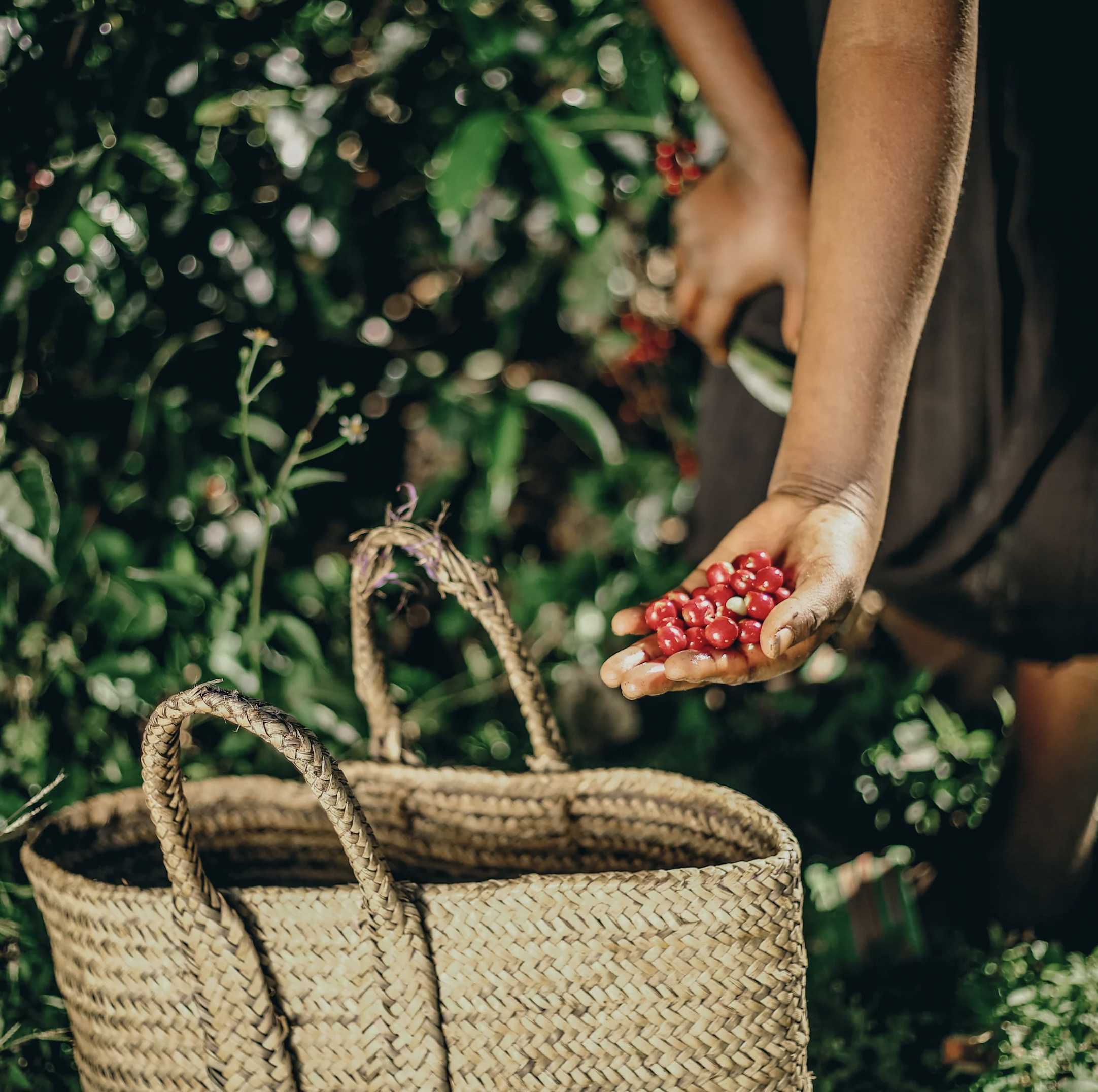
This is further complicated by the fact that the second biggest Arabica producer, Colombia, has also had multiple years of bad weather and lower production.
And that’s not all. Vietnam, the largest producer of Robusta in the world, has had a terrible drought leading to significantly lower yields of Robusta, which has put Robusta prices to all-time highs. While Robusta prices don’t directly affect Arabica, they indirectly affect them. This has made the Arabica situation even worse.
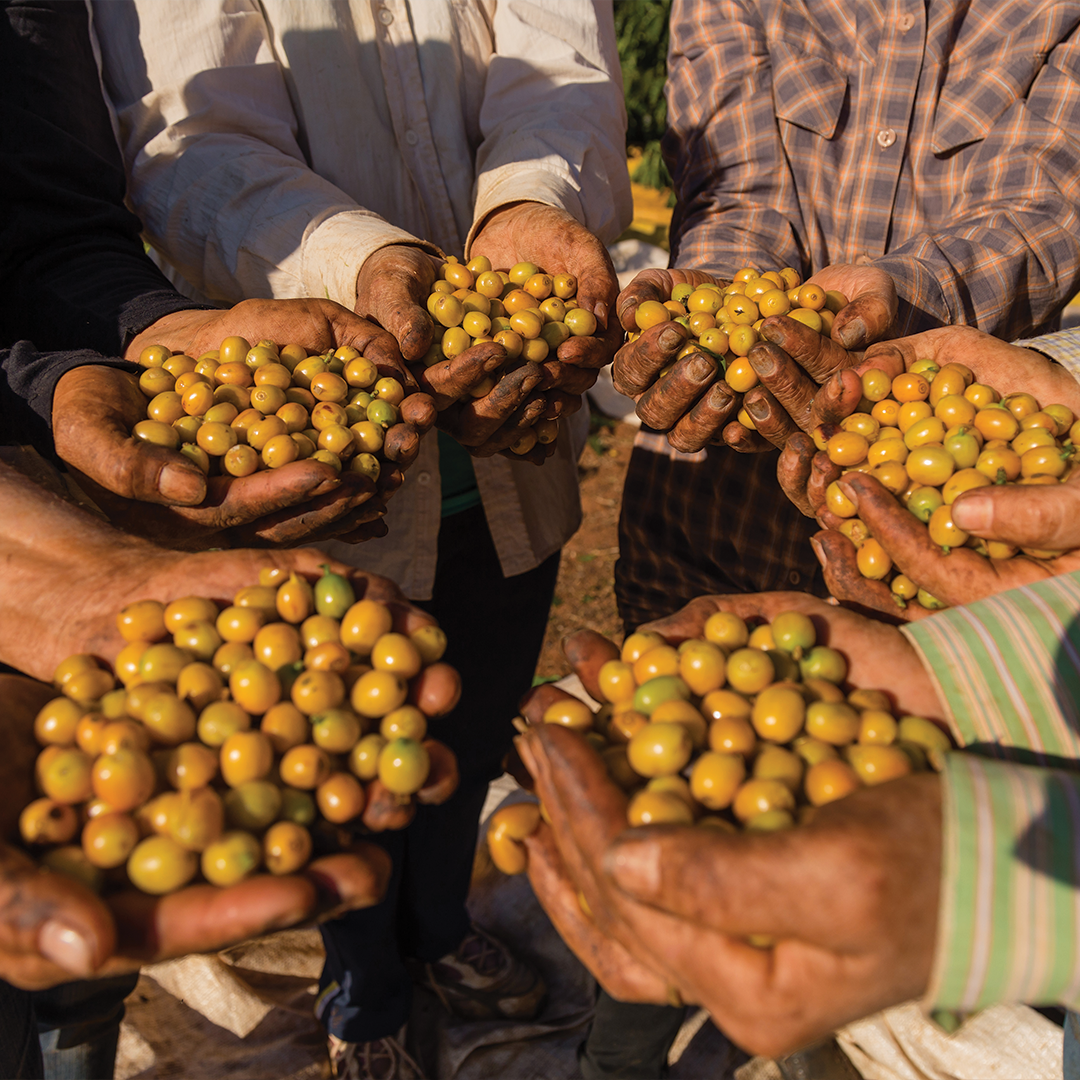
No end in sight just yet
Concerns are mounting that next year’s coffee harvests in Brazil and Vietnam could also be affected by unfavourable weather. While we likely won’t run out of coffee, prices are expected to stay high for the foreseeable future. What seemed like a temporary issue has now evolved into a long-term challenge.
Other factors at play
Unfortunately, there’s more. Sea freight rates have surged again and further increases are expected. Energy costs remain high and other input costs are rising steadily. Compounding this, the Australian Dollar is trading well below its historical average of around 75 US cents. All of this makes for a challenging situation.
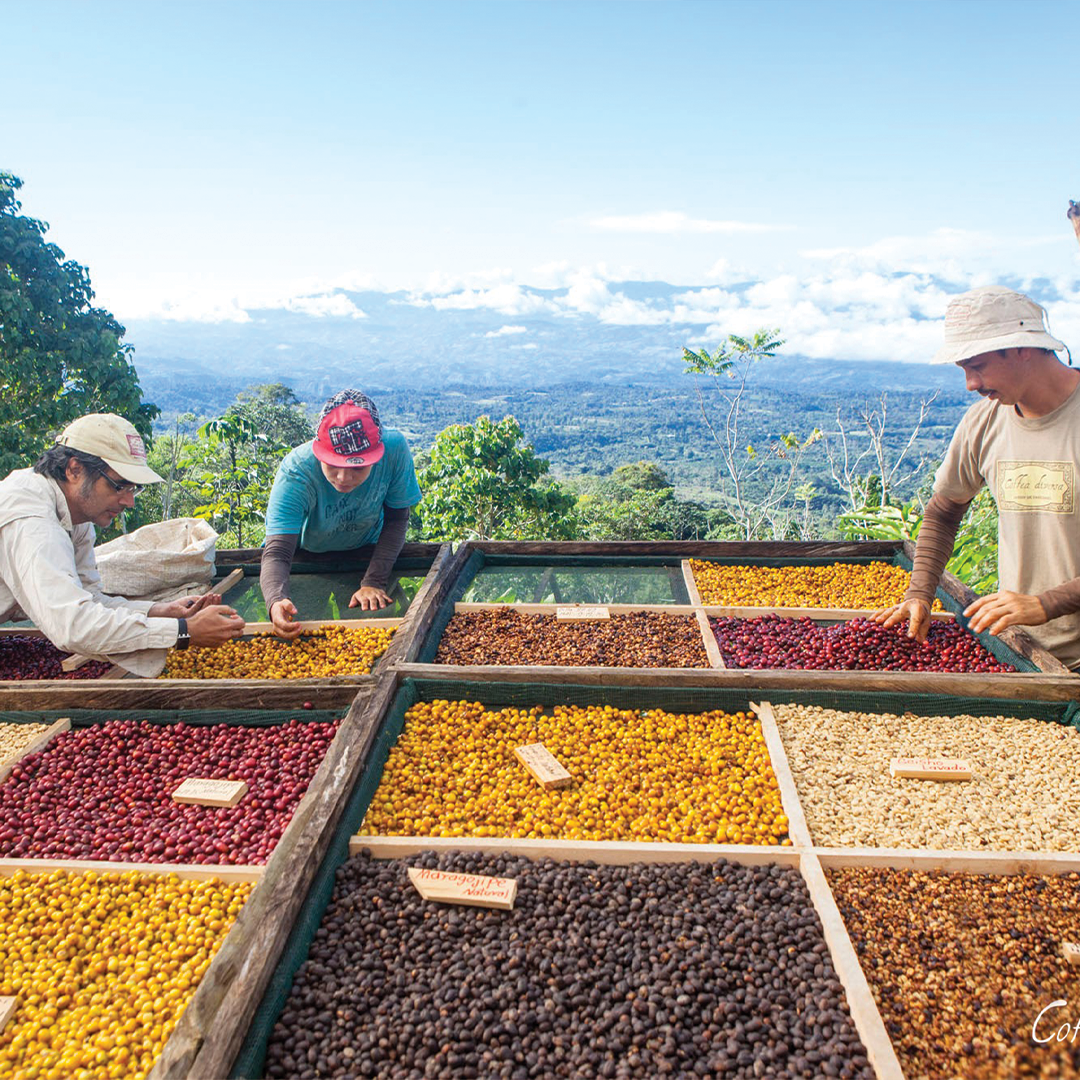
The impact on specialty coffee
The rise in commodity Arabica prices indirectly affects the specialty coffee sector. While the generally traded prices benchmark commodity Arabica, the prices impact specialty coffee proportionally. Similar to the general coffee market there are also tighter supplies of specialty coffee. This has led to price increases in specialty coffee that match or even exceed those of commodity Arabica and Robusta beans.
What does this mean for prices in Australia?
There’s no avoiding it—prices for both coffee drinks and beans will have to go up. Australian cup prices still lag behind many other countries and the same goes for coffee beans. For example, Lavazza UK has warned that bean prices could increase by up to 25% in the coming year.
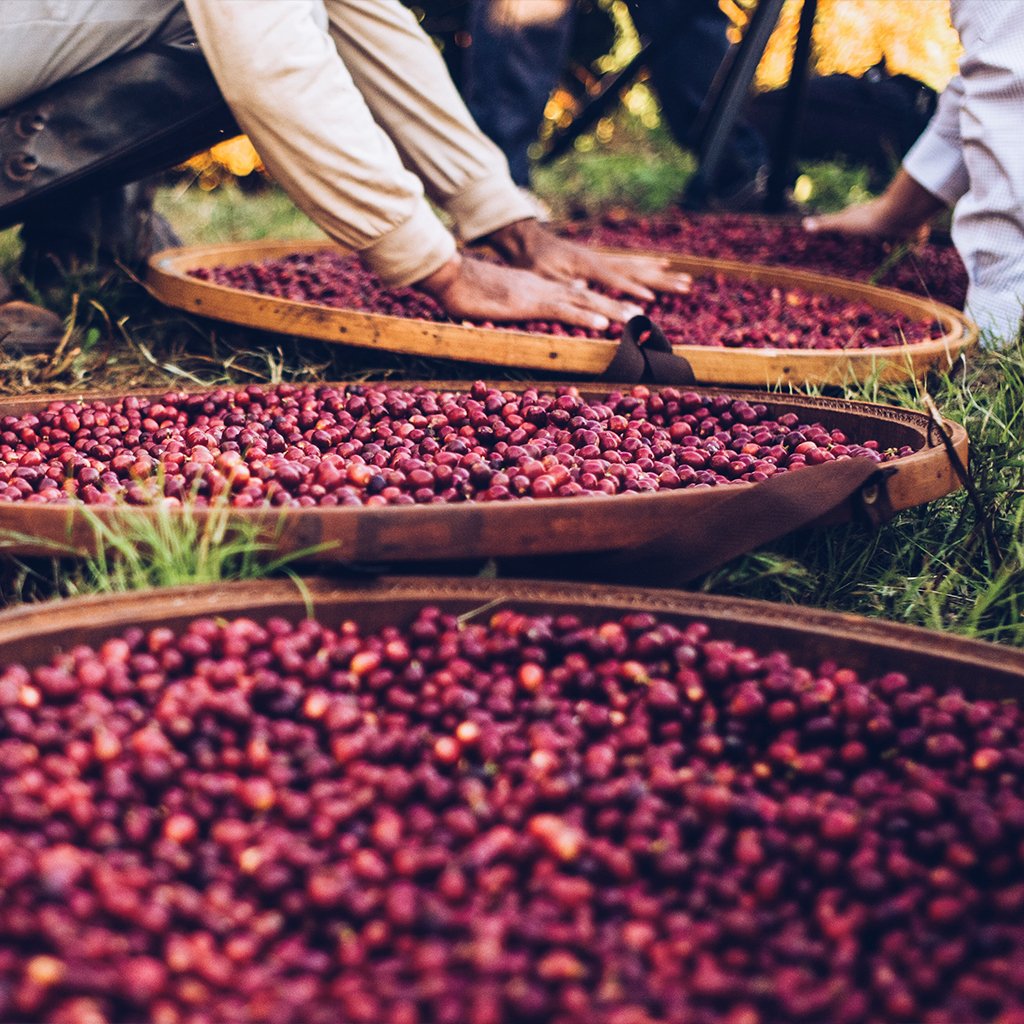
What you can do
For cafés: Now is the time to prepare for moderate price increases. Review your current cup pricing and plan ahead. Educating your customers about why prices are rising is key. While coffee beans make up only a small portion of the cost of a cup, with Australian prices already below global benchmarks, it’s crucial to ensure you’re charging a sustainable price for your specialty coffee (this article is great for more information).
For consumers: The industry needs your support. Continue backing your local café and the unique Australian specialty coffee scene during these challenging times. Spread the word to your friends and family about what’s happening in the coffee world. Cheap coffee is simply not sustainable. If we want to continue to enjoy our unique cafe and coffee culture, we need to be comfortable paying a little more for our coffees.
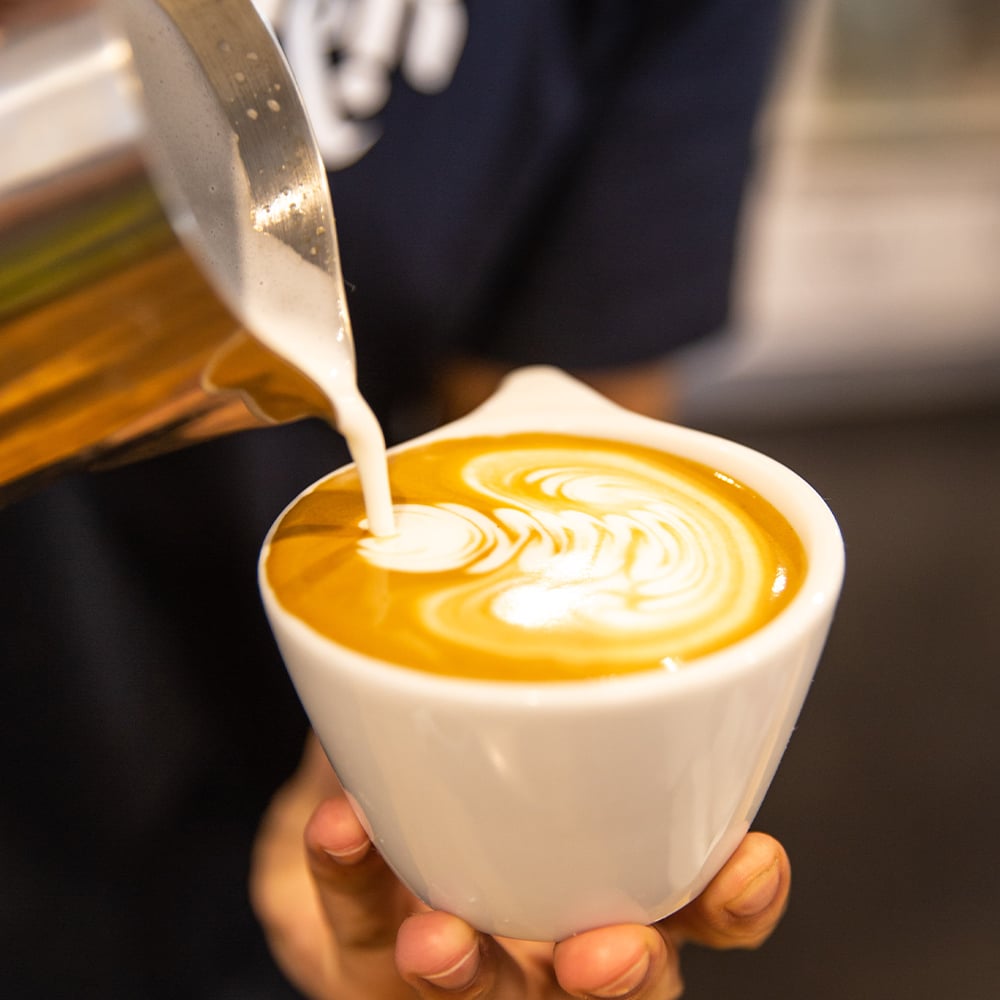
Final thoughts
It’s a difficult time for everyone in the coffee industry, from farmers to consumers. Yet, the industry is resilient and we’ll weather these challenges together. By making thoughtful adjustments and approaching the situation with empathy, we can navigate these tough times.
Lastly, without our planet and its habitats, coffee cannot survive (and neither can we). That is why we continue to double down on our mission to make a positive impact on the people and planet through coffee (you can read more about our journey here).

